“The Challenger Sale” | Methodology + Book Review
Casey O'Connor
The Challenger Sale: Taking Control of the Customer Conversation was published in 2011 and has remained on the scene as one of the best B2B sales books ever since.
Earning the #1 spot on the bestseller list of both Amazon and The Wall Street Journal, the book quickly carved a space for itself upon publishing as a new and necessarily innovative approach to successful sales.
The book was researched and written by two well-known sales and businesspeople: Matthew Dixon and Brent Adamson.
Dixon is widely regarded as one of the world’s leading experts on sales, customer service, and the customer experience. Adamson is a Distinguished Vice President at Gartner, serving heads of sales, customer service, and marketing.
The Challenger Sale goes against conventional wisdom and asserts that sales reps who focus on building relationships will lose. Instead, it makes an argument for the type of sales reps who can comfortably challenge their prospects and generate some strategic, well-timed tension during the sales process.
In this article, we’ll summarize The Challenger Sale and provide some actionable steps for implementing this model in your own sales team.
Here’s what we’ll cover:
- The Challenger Sale: A Summary
- Does “The Challenger Sale” Model Work?
- The Challenger Type: A Breakdown
- How to Implement “The Challenger Sale” Model
The Challenger Sale: A Summary
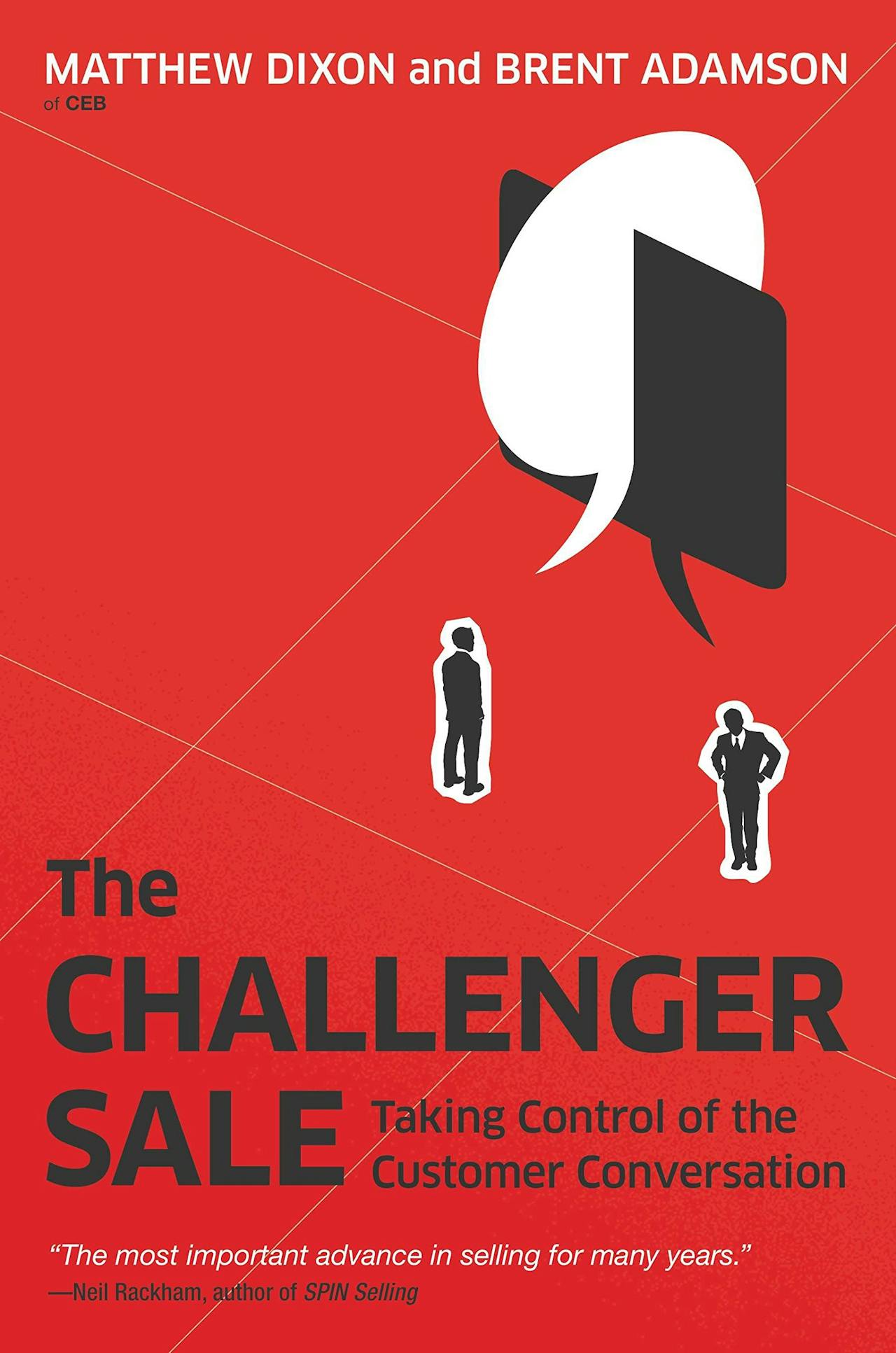
In order to write The Challenger Sale: Taking Control of the Customer Conversation, Adamson and Dixon studied thousands of sales reps across a variety of industries and geographies. What they found surprised them (and just about everybody in the rest of the sales world).
Dixon’s and Adamson’s research uncovered five primary types of salespeople: the Relationship Builder, the Hard Worker, the Problem Solver, the Lone Wolf, and the Challenger.

The results of their research found that, although “relationship-building” is often touted as the most important aspect of a salesperson’s job, the Relationship Builders were not as successful as some of the other seller types they discovered.
In fact, the Relationship Builder type of salesperson performed extremely poorly overall, coming in dead last in the rankings of top-performing salespeople.
Hypothesis:
Adamson and Dixon break down their hypothesis for why the results turned out the way they did in The Challenger Sale. The sales experience, they explain, has been revolutionized by digital marketing and sales; everything we knew about sales from the last half-century of experience has been entirely flipped on its head.
Consumers today prefer to do the majority of buying research on their own. In fact, a Gartner study showed that customers are already 57% of the way down the purchase path before they consider engaging with the sales force.

In other words, sellers now have only about 40% of the buyer’s journey available to them in order to connect with prospects, build trust, and overcome objections. The results of The Challenger Sale demonstrated that there simply isn’t enough time to stick with this approach; even the best sales reps will lose valuable, high-quality leads by relying on relationships alone.
Instead, the salespeople that Adamson and Dixon found to be most successful were the ones who knew how to (appropriately) challenge their prospects. They called this type of salesperson “The Challenger.”
But before we get into the nitty-gritty of the results, let’s take a more careful look at the five different types of salespeople that the researchers discovered.
Five Types of Salespeople
1. The Relationship Builder
As its moniker implies, this type of salesperson strives to create strong, warm relationships with prospects. They dislike tension and aim to diffuse it whenever it arises. Their ultimate goal is customer loyalty via strong relationships.
2. The Hard Worker
The Hard Worker is self-explanatory: they show up early, leave late, and always go the extra mile. This eagerness wasn’t shown to always be productive, though. Although the Hard Worker demonstrated outstanding effort, they didn’t always pay enough attention to customer drivers and other nuances that move the needle in sales. Some of their hard work seemed to be for naught.
3. The Problem Solver
The Problem Solver is reliable, detail-oriented, and trustworthy. They uphold their commitments and are masters of the follow-up.
4. The Lone Wolf
‘This type of salesperson works independently from the rest of the team. They don’t necessarily adhere to company rules or culture, or prescribed training. The Lone Wolf is extremely self-confident and relies on their instincts to close deals.
5. The Challenger
Unlike the Relationship Builder, the Challenger welcomes what Adamson and Dixon call “constructive tension.” In fact, they go out of their way to build and sustain tension as part of their strategy. The Challenger is defined by three major abilities: teach, tailor, and take control (more on this in a minute).
The Challenger Sale is a fantastic read for just about any sales professional but may be particularly applicable for sales leaders and sales managers, as it goes into great detail about how to coach this type of seller.
Does “The Challenger Sale” Model Work?
In short, the answer is a resounding, “Yes.” Challenger selling absolutely works and can help salespeople become top performers on their team in the new and ever-changing sales landscape we face today.
Neil Rackham, author of SPIN Selling — one of the most well-known and longest-lasting sales books of all time — calls The Challenger Sale “the most important advance in selling for many years.
Let’s dive into the results of their research to see how effective the method really is.
Interestingly, the researchers discovered no significant difference between the five types of sellers when looking at average sellers’ performance. The reason for this, they claimed, is that just about anyone can be an average seller. It doesn’t require any special skill development or a particular approach.
But, they noted, there was a huge difference in which seller types were most successful among top-performing salespeople.
A whopping 39% of top sellers adopt a Challenger style. In fact, high performers were more than twice as likely to use a Challenger approach than any other.
The data is even more promising for enterprise sellers, and those with otherwise complex sales processes: more than 50% of top sellers at these companies fit the Challenger type.
On the other hand, only 7% of the best salespeople adopted a Relationship Builder approach.
For what it’s worth, here’s how the rest of the spread played out: after Challengers (at the top) and Relationship Builders (at the bottom), Lone Wolves accounted for 25% of the top sales performers they studied. The Hard Worker captured about 17% of the top sellers, and the Problem Solver represented 12% of the group.

The data is abundantly clear: most all-star salespeople demonstrate characteristics of the Challenger type of salesperson.
The Challenger Type: A Breakdown
A sales rep who adopts a Challenger profile can be identified by three key characteristics: teach the prospect, tailor the sales pitch, and take control of the conversation.
Teach
The Challenger’s initial sales approach is to teach their prospects something new, innovative, and valuable about how to compete in their market. This shouldn’t be a run-of-the-mill blog post or case study. One of the keys to the Challenger’s success is their unconventionality.
This step will require the Challenger to dig deep and identify unique insights to help decision-makers and stakeholders approach their problems differently.
Tailor
Once the prospect is engaged, the Challenger creates a custom, tailored pitch to resonate with individual buyers. This component relies on the Challenger’s research and knowledge of the prospect’s business goals, pain points, and motivational drivers. The Challenger excels at Differentiation.
Take Control
Above all, the Challenger sales rep is known for their ability to assert and maintain control of the sale. They are not at all deterred by objections (especially when it comes to price — the Challenger loves to talk about money!), and can swiftly and tactfully stand their ground if and when a customer pushes back. The key here is tact — there absolutely is an art to knowing the right moment to push back against a customer’s concerns.
In addition to these three main characteristics, it’s worth noting that Challengers typically have strong relationship-building skills to supplement their Challenger qualities. Part of the tact involved in becoming a successful Challenger is having a deep understanding of your customers.
How to Implement “The Challenger Sale” Model
With all of those fantastic results, it may seem like a no-brainer to train your team in the Challenger sales methodology.
The results can be impressive, but keep in mind that the model works better for some businesses and sales organizations than for others. Before ordering your team to complete a bunch of training, evaluate the pros and cons that may come along with adopting this model.
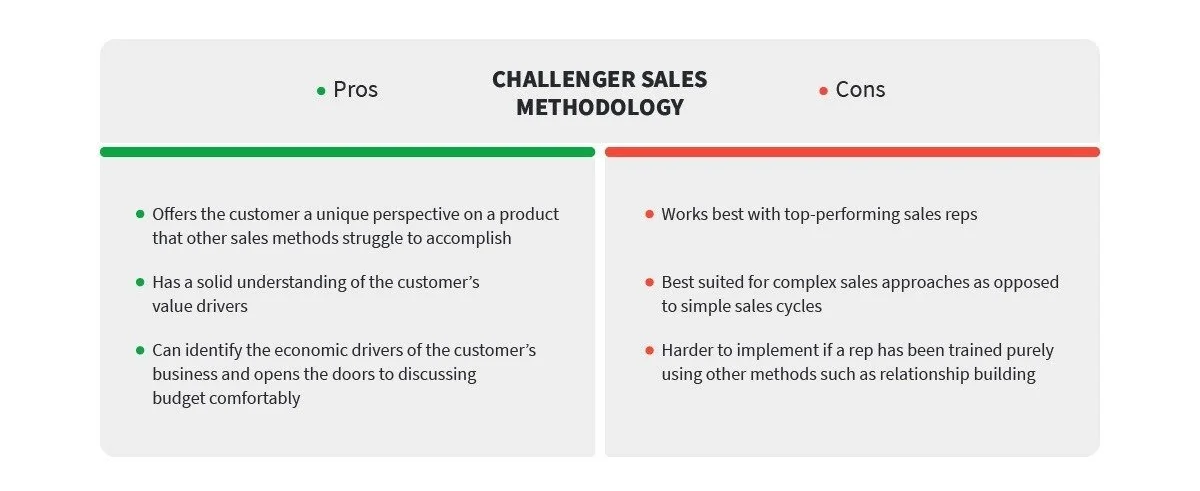
If you’ve weighed the benefits and drawbacks and have concluded that training a few Challengers among your team would pay off, keep the following tips in mind as you instill the methodology.
Adopt a Coaching Framework
Although workshops and sales trainings that teach sales reps how to implement the Challenger model will no doubt help reps understand the basics, the real transformation will happen under a structured coaching framework.
Sales coaching is known to dramatically improve a number of sales metrics and KPIs.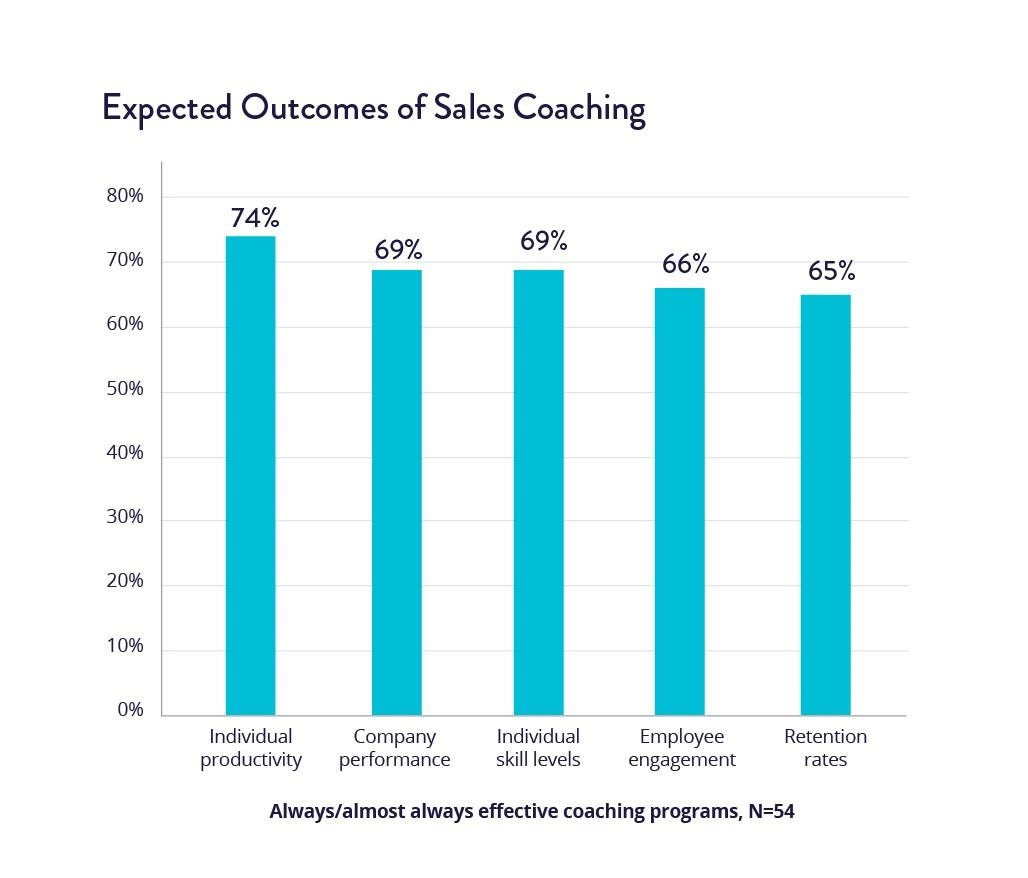
The Challenger Sale provides valuable and detailed insights for sales managers on how to coach their reps into becoming more of a Challenger.
Practice Overcoming Objections
Remember, the Challenger naturally welcomes tension and isn’t afraid to debate about the value their product can provide to the customer’s business. It’s important for anyone hoping to grow into the role of Challenger be well-versed in common customer objections, and exactly how to overcome them.
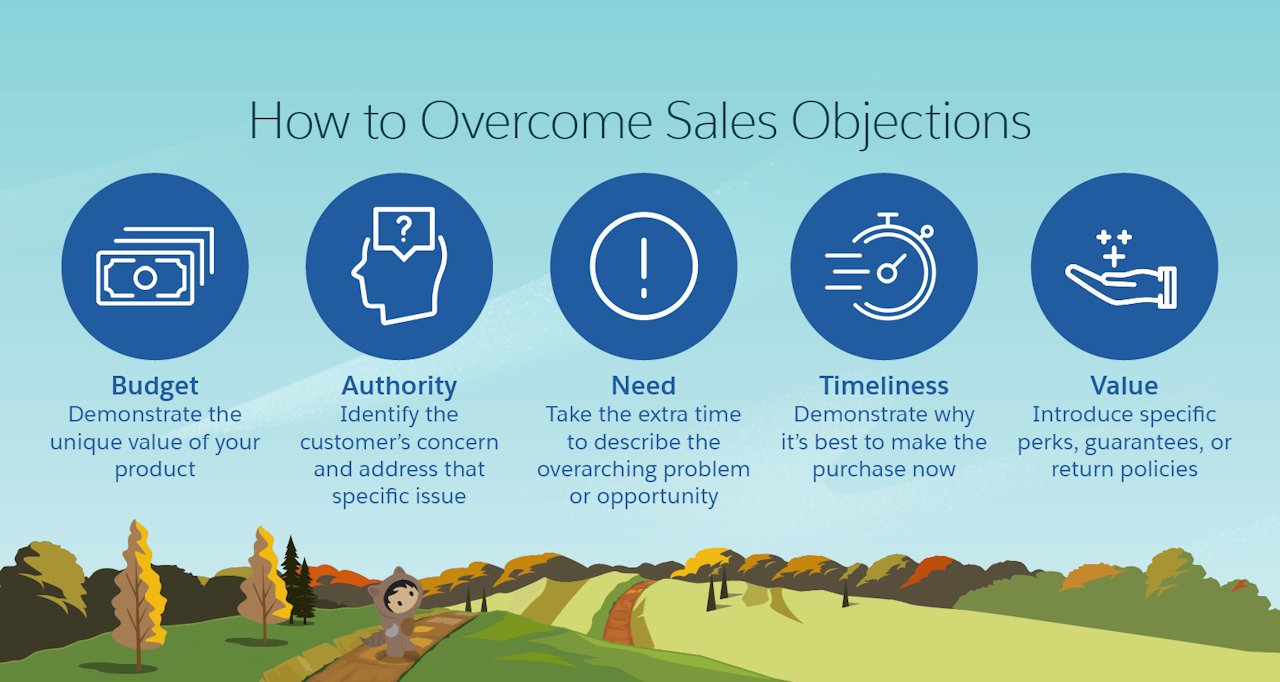
In particular, the Challenger loves to offer a new perspective in regards to budget. Sales professionals should practice speaking comfortably and with confidence about ROI and budget concerns.
Hone Communication + EQ Skills
The Challenger needs to be an extremely proficient communicator. Not only do they need to have impeccable written and oral communication skills, they also need to be skilled at reading between the lines to get to the heart of a customer’s problem. Developing their emotional intelligence (EQ) will help the Challenger tune into what really matters.
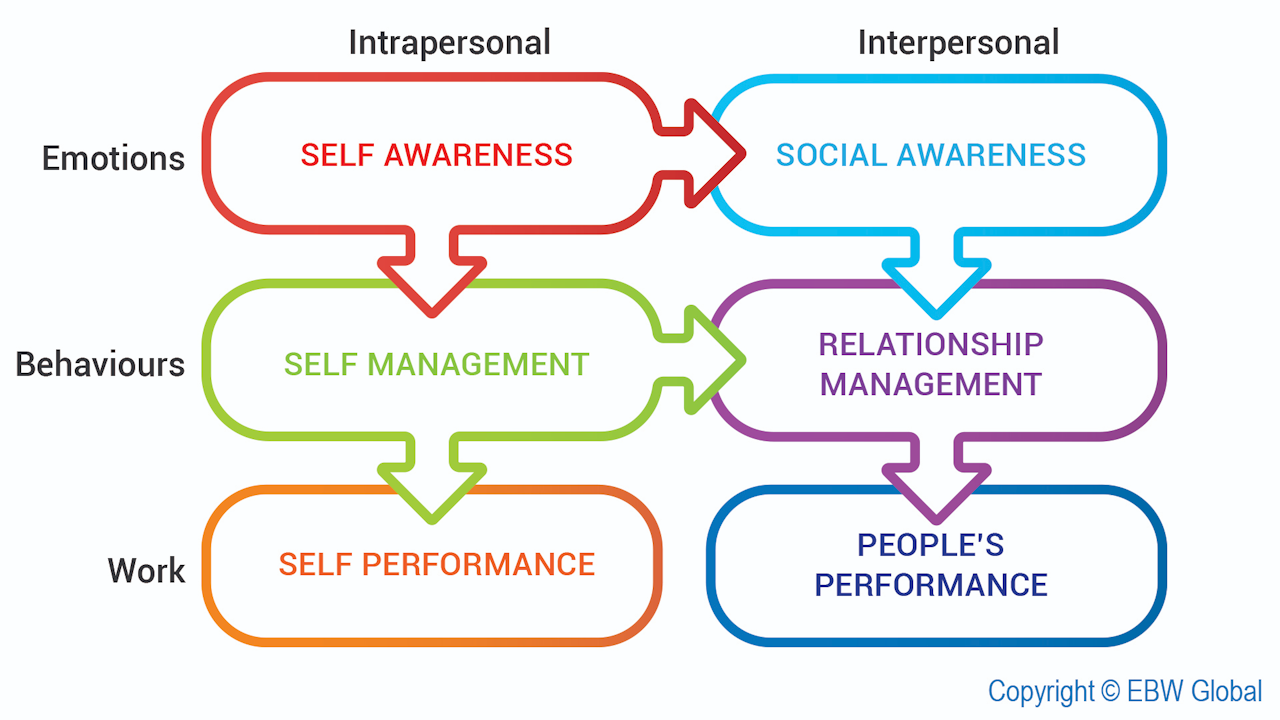
Much of the Challenger’s personality type is driven by nuance, and their ability to tune into specific triggers to find openings within a sales conversation.
Encourage Innovation
The Challenger loves innovation and thinking outside the box. They often earn their “in” with a prospect by challenging them to reframe their problem, and consider their solution from a different perspective. Alongside other, more formal training opportunities, also ensure your sales reps have access to opportunities to develop their creative thinking skills.
Fortunately, with the right training and coaching, anyone can become a Challenger. Adamson and Dixon are adamant in the book that Challengers are made, not born. Star performers that adopt the Challenger methodology rely on a combination of skills learned over time, not an innate set of characteristics.
Do you recognize any of the five types of salespeople on your own team? Do you have any Challengers on your team? What steps can you take today to instill Challenger qualities into your reps?
Get sales tips and strategies delivered straight to your inbox.
Yesware will help you generate more sales right from your inbox. Try our Outlook add-on or Gmail Chrome extension for free, forever!
Related Articles
Casey O'Connor
Casey O'Connor
Casey O'Connor
Sales, deal management, and communication tips for your inbox

